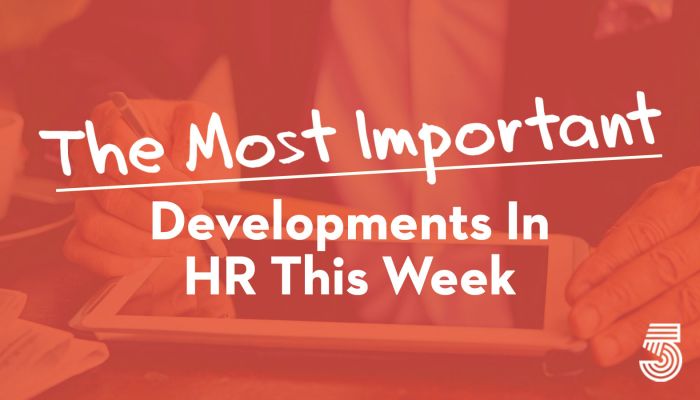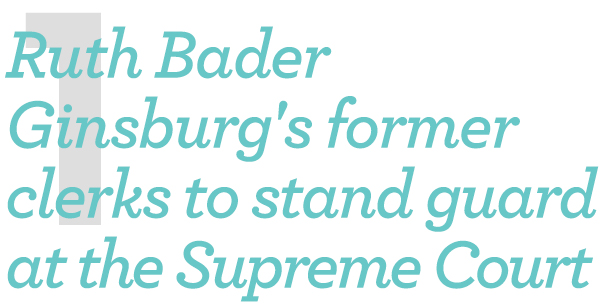
When Justice Ruth Bader Ginsburg returns for the final time to the Supreme Court on Wednesday, an army of more than a hundred of her former clerks will meet the casket and accompany it up the stone steps leading to the great hall where the liberal icon presided for almost 30 years. The Supreme Court, built on precedent and rooted in tradition, will honor Ginsburg in a private ceremony and then a public viewing, but her former clerks, standing guard, won’t leave the casket. When the casket arrives at the court, some of her clerks will serve as honorary pallbearers while the rest will line the building’s steps. About 120 clerks from her days at the appellate court as well as the Supreme Court are expected to gather at the court. CNN
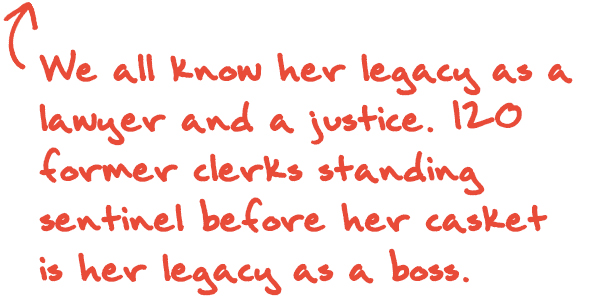

Wells Fargo CEO Charles Scharf apologized Wednesday for comments he made suggesting it is difficult to find qualified Black executives in the financial industry. Scharf said in a memo to employees “there is a very limited pool of Black talent to recruit from” in corporate America. The comments and similar statements made in a Zoom meeting, reported by Reuters, led to an intense backlash in Washington and on social media. Scharf on Wednesday said in a prepared statement that his comments reflected “my own unconscious bias.” Like much of the political and corporate world, the banking industry has had to face a reckoning in the wake of the death of George Floyd for its role in the racial and economic inequality that Black and other minorities face. Banks have announced changes to how they lend, and created new programs to spur economic development in communities of color. Star Tribune

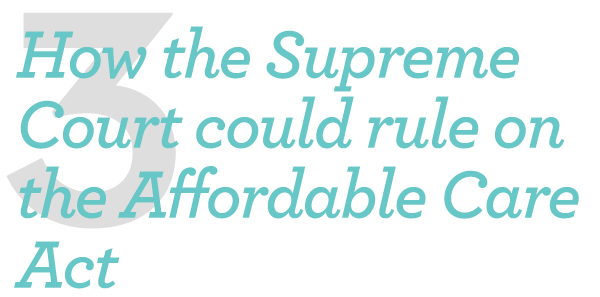
On Nov. 10, the U.S. Supreme Court will hear arguments on whether the Affordable Care Act (ACA) is constitutional, in whole or in part. The court is expected to rule on the matter before its term ends in June 2021. Only those justices sitting on the court when the case is heard will vote, and it is not yet known if a new Supreme Court justice will be confirmed when the case is argued. A vacancy on the nine-justice court was created by the death of Justice Ruth Bader Ginsburg on Sept. 18. In the meantime, “the health care law remains fully in effect during the litigation, including all employer coverage obligations and reporting requirements,” said Chatrane Birbal, vice president of public policy at the Society for Human Resource Management. SHRM
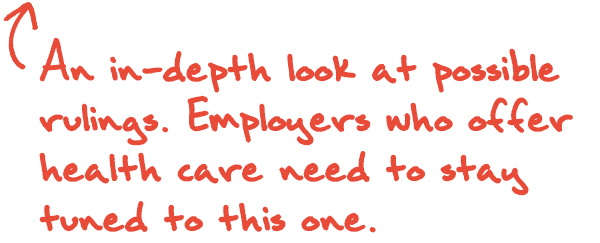
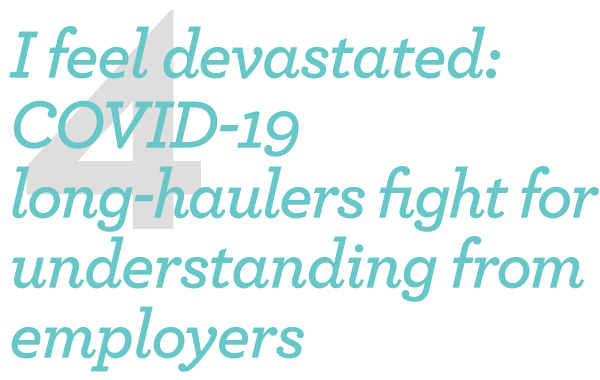
There is a small but growing coterie of COVID-19 patients who call themselves long-haulers — people who have remained sick for months and months, plagued by an onslaught of varied symptoms. As they navigate doctors’ appointments and mounting medical bills, many long-haulers are simultaneously losing months of pay or fighting for alternate work arrangements so they can stay afloat financially. Though long-haulers have drawn more attention in recent months, their experiences remain underreported, at odds with the mainstream understanding of how the illness progresses and who it affects. A major hurdle for long-haulers is that so many companies are still unfamiliar with their prognosis. Many of them have faced resistance or were shown the door when it became clear to employers that their recovery would exceed two weeks. Some patients have been pushed to return to work before they’re healthy, while others have found it difficult to request more time off when their colleagues have taken only a week or two to recover. Fast Company
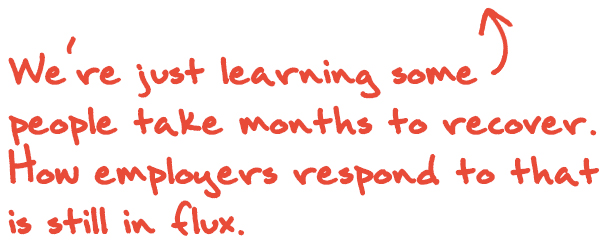
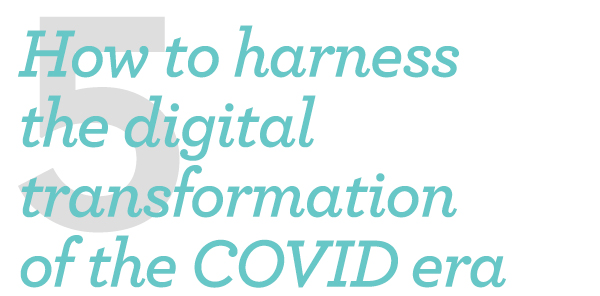
Digital technology is at the center of today’s economic development debate due to its wide use during the COVID-19 outbreak. While there is no doubt that the pandemic is amplifying the adoption of new technologies, technological advancements were already changing the world over the past two decades. Fears of robot-induced unemployment are on the rise as tasks traditionally performed by humans are increasingly performed using robots and artificial intelligence. The declining cost of machines threatens low-skill jobs and routine tasks — those most susceptible to automation and offshoring. But technology can be a job creator, too. Increases in efficiency brought about by digital technology can help businesses expand. Digital platforms can create entirely new occupations and jobs. Businesses can reach out to remote markets lacking infrastructure. To reshape technology as a job creator, it’s important to understand what, exactly, the current wave of technology is changing, and how policy makers and businesses can adapt to it. Harvard Business Review







